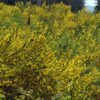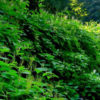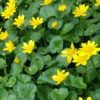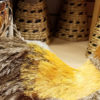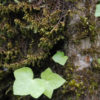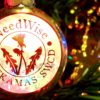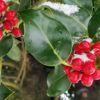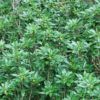February is the one month of the year that many of us associate with love and romance. We cut out paper hearts for Valentine’s Day cards and wrap-up cut flowers for that special person in our lives. But there is another reason to celebrate. February 14th is also Oregon’s birthday! Way back in 1859, Oregon […]
